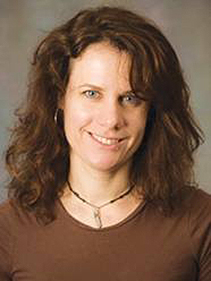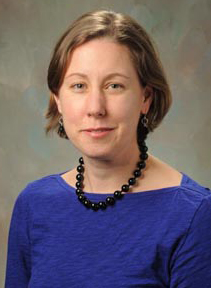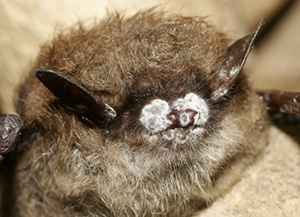Crowd-sourcing in research: Wildlife diseases challenge grant
When Experiment.com, an online platform for funding scientific discoveries, decided to issue a grant challenge addressing wildlife diseases, they invited UA’s own Dr. Hazel Barton, professor of biology and geoscience, to submit a project. Barton is recognized as having one of the world’s preeminent cave microbiology labs and has been studying white-nose syndrome (WNS), a fungal infection that is killing millions of hibernating North American bats.
In collaboration with Dr. Leah Shriver, assistant professor of chemistry and biology, Barton posted an experiment in need of $5,000 of funding to learn more about why some bats species are naturally immune to WNS. Their project joins other wildlife disease experiments. Each team is challenged with 30 days to raise the money, and the team with the most backers receives additional funding.
Devastating disease
The resulting data could help identify and understand the nature and dynamics of WNS, while also identifying mechanisms that protect bats from this pathogen, potentially generating new methods that can be used to control WNS and protect bats from extinction. With more than 5 million bats already dead, white-nose syndrome is one of the most devastating wildlife diseases in modern history.
“A lot of existing research is based on applied research — that is, what can we get to kill WNS,” explains Barton. “While this research is laudable, no single agent has been able to protect wild bat populations to date.” Barton and Shriver believe that an alternate approach is to better understand the natural processes that already protect certain bat species from the disease. “As ours is a discovery science approach to solving the WNS, we haven't been able to secure funding for the research by agencies with funding priorities that only target finding a cure.” Crowdsourcing allows them the opportunity to get funded.
Most of the costs of this work will be for a student salary to run the bat samples, chemical identification and chemical synthesis.
To learn more and contribute to the research, visit their contest link on Experiment.com.
Media contact: Lisa Craig, 330-972-7429 or lmc91@uakron.edu.

Dr. Hazel Barton

Dr. Leah Shriver

This brown bat is infected with white-nose syndrome.
